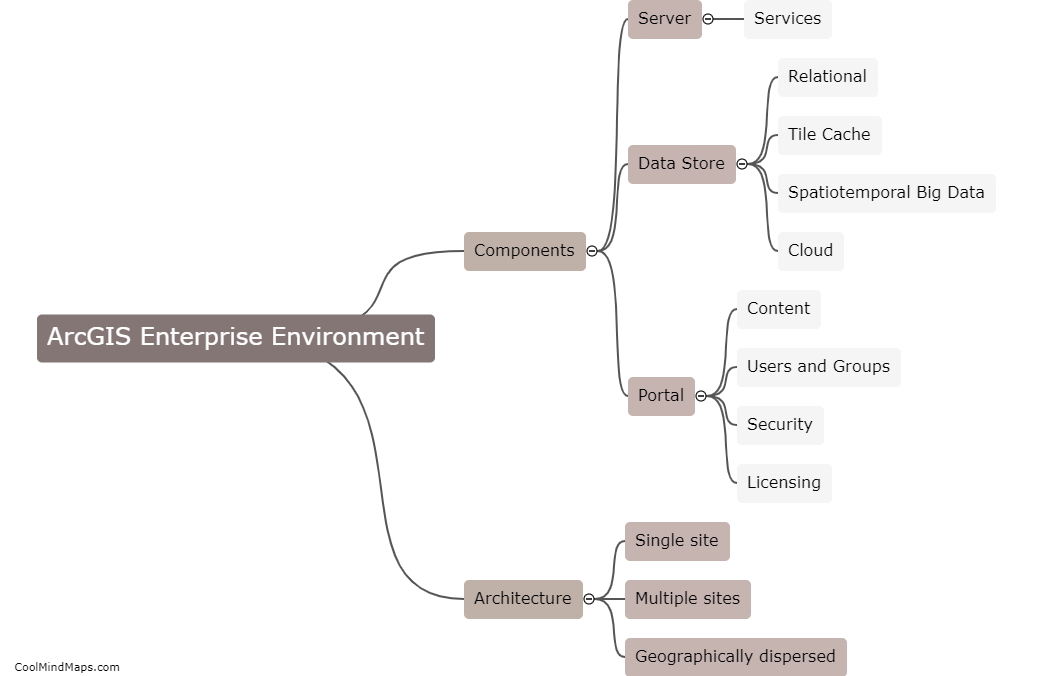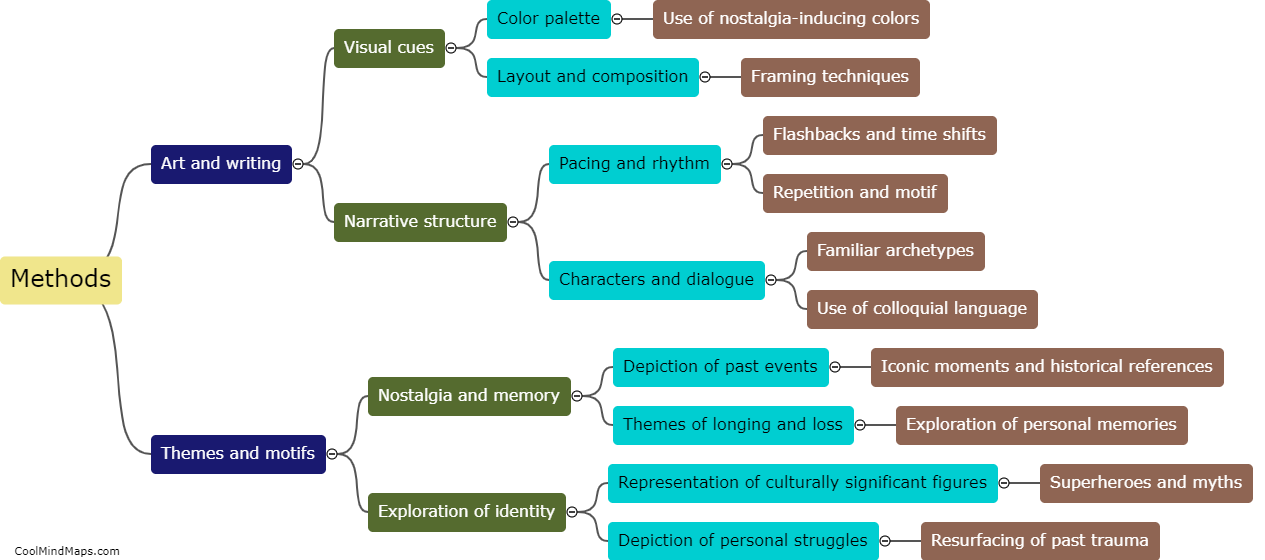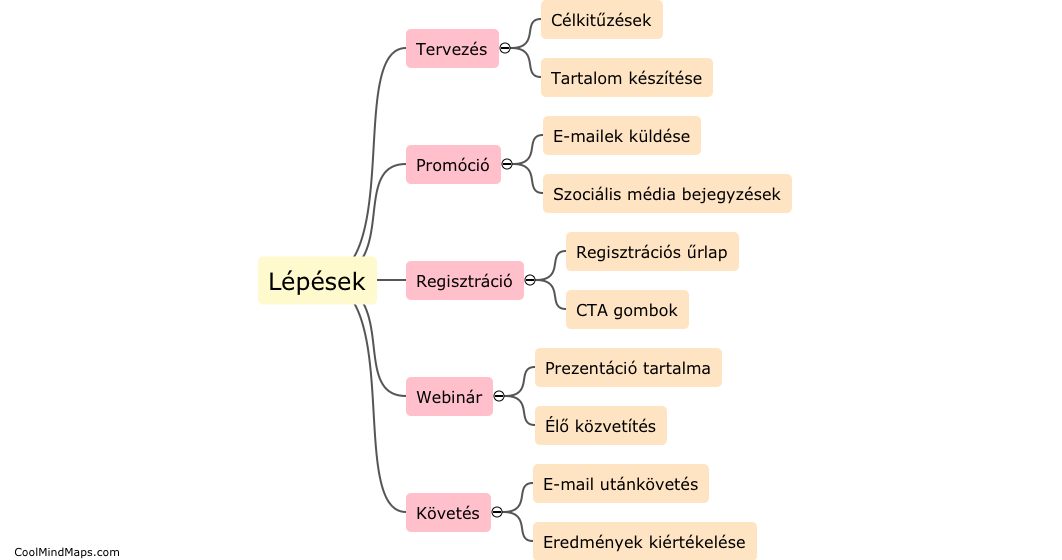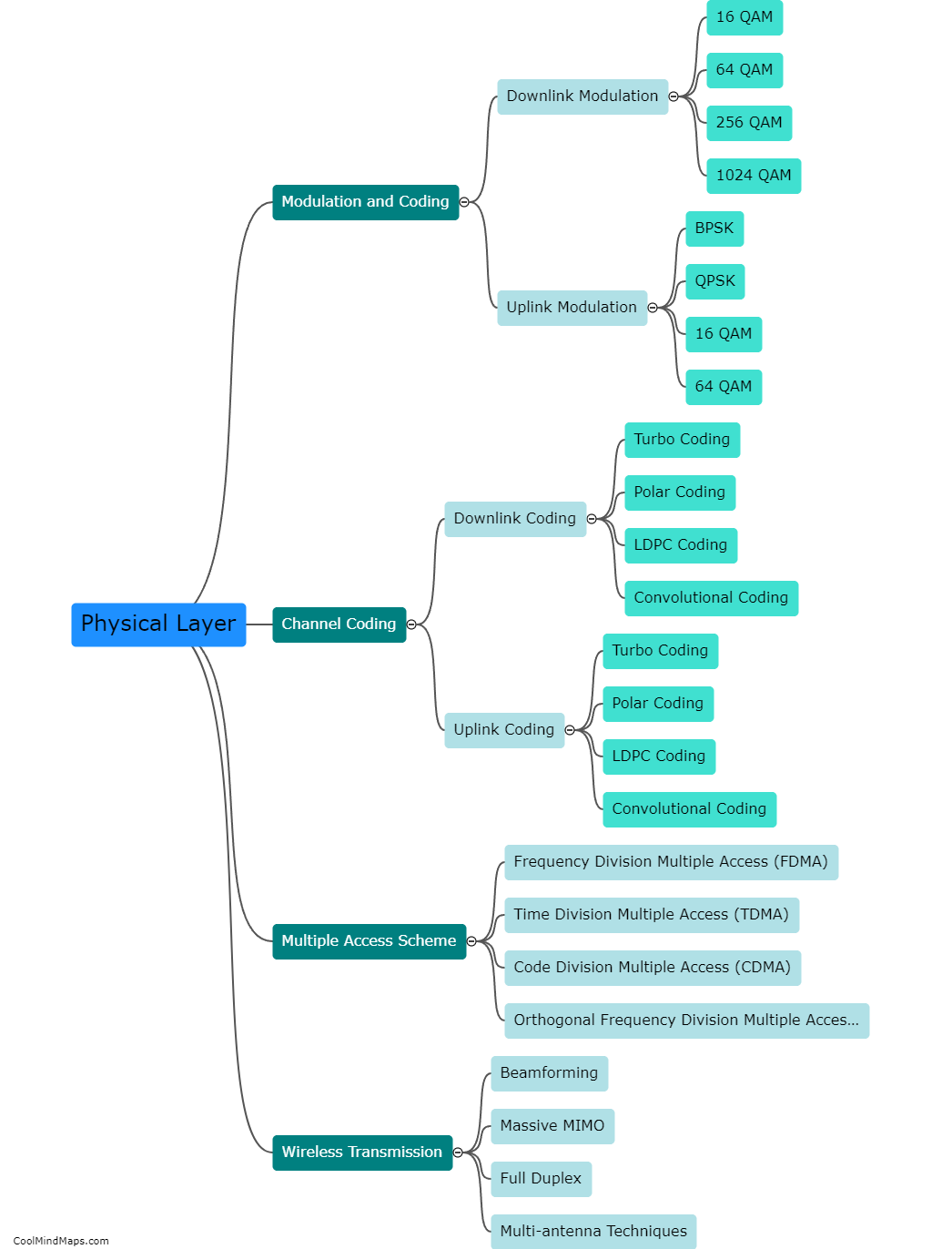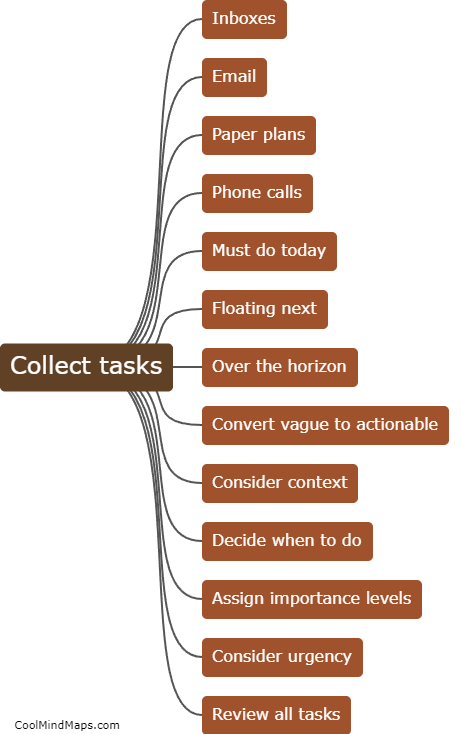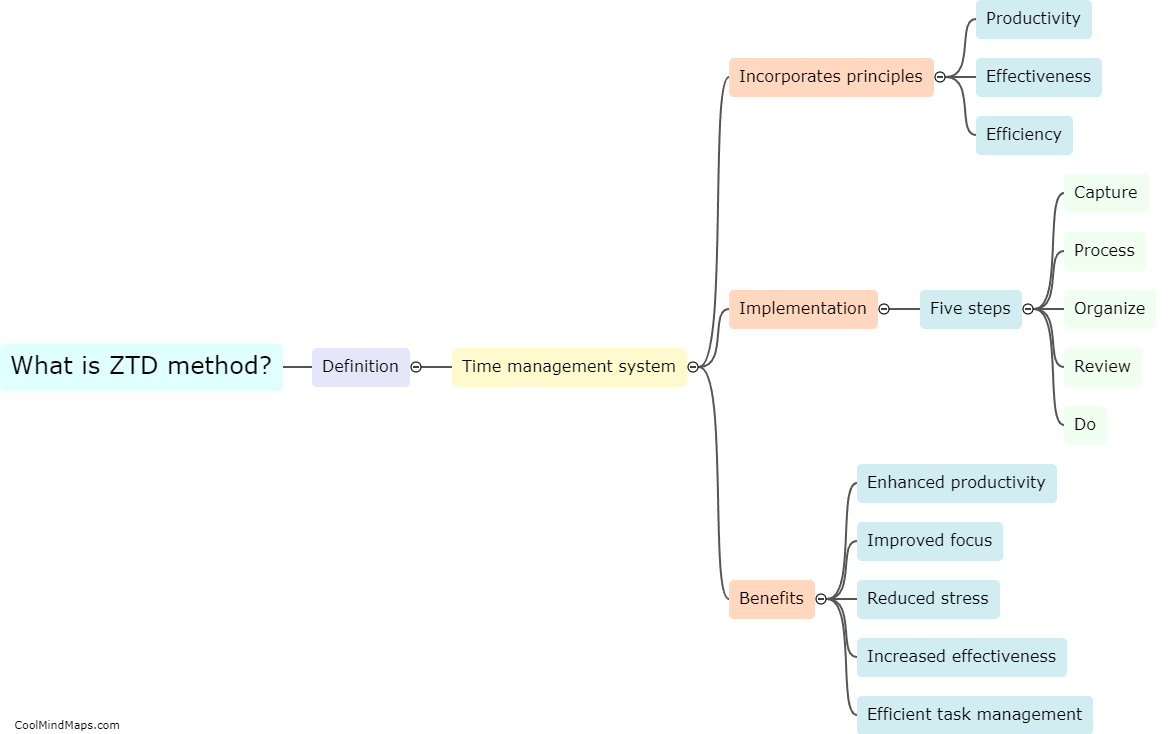What are the main components of an LTE network?
The main components of an LTE (Long-Term Evolution) network include the LTE radio access network (RAN), the Evolved Packet Core (EPC), and the user equipment (UE). The LTE RAN comprises base stations, or eNodeBs, which transmit and receive signals to and from the UE. These eNodeBs are connected to the EPC, which is responsible for the overall management and control of the LTE network. The EPC consists of various components such as the Mobility Management Entity (MME), the Serving Gateway (SGW), and the Packet Data Network Gateway (PGW). The MME handles authentication and mobility management, while the SGW connects the LTE network with external IP networks. The PGW is responsible for handling data routing and connectivity with the internet. Lastly, the UE includes devices like smartphones, tablets, and modems that utilize the LTE network for communication and data services. Together, these components form the essential building blocks of an LTE network, enabling high-speed wireless connectivity and data transfer.
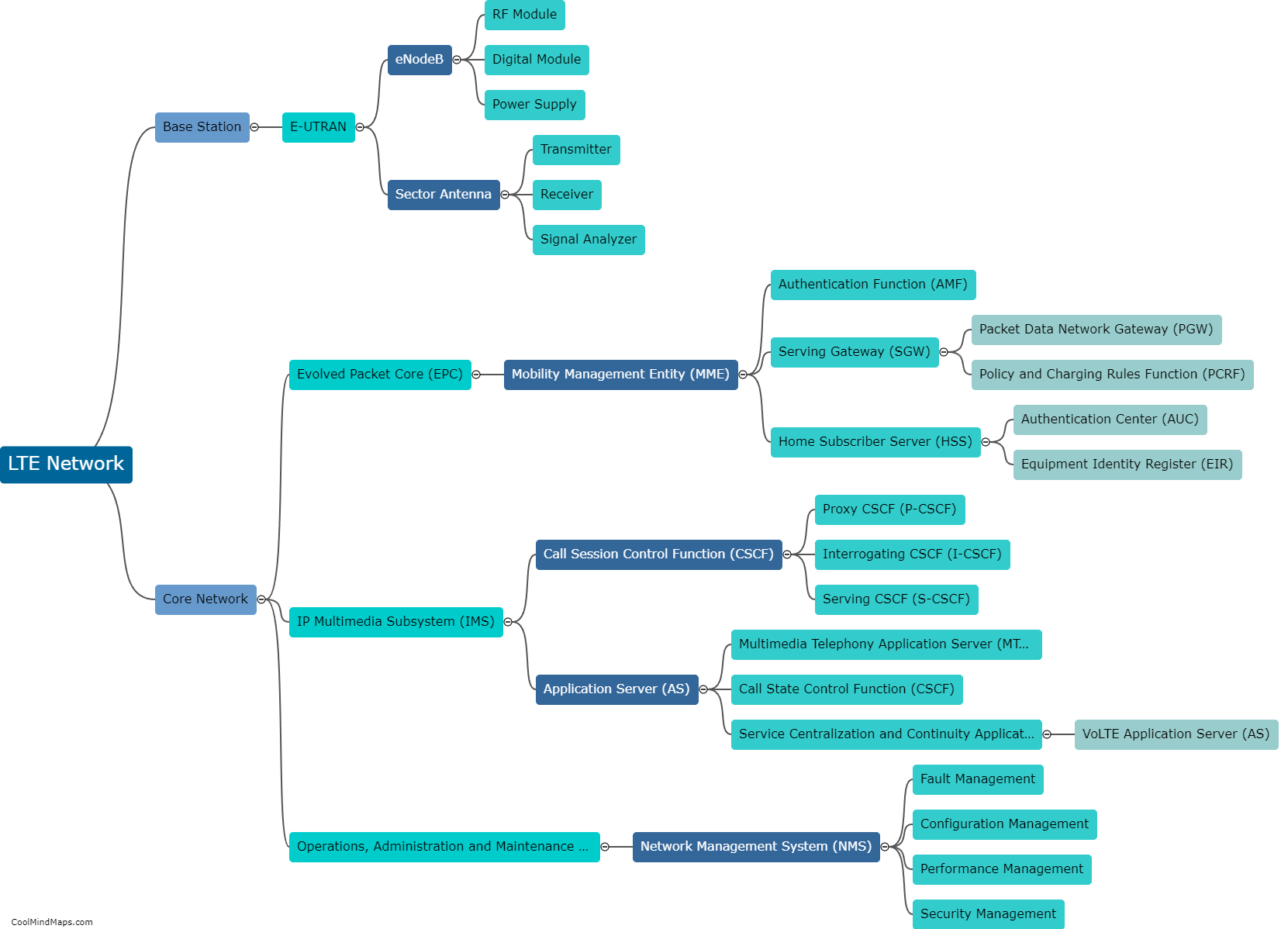
This mind map was published on 1 August 2023 and has been viewed 174 times.

